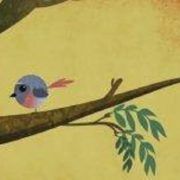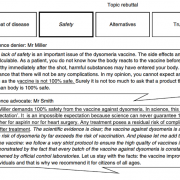Images for Impact – How-to tips. Created for the Plantae Seminar Series
Earlier this year I gave a Plantae seminar on “Images for Impact” – simple, free tips about how to source and create images to use in your science writing and communicating.
Here is the text of the handout I created to accompany the seminar. You can get this as a PDF here. You can download the slides from here.
Overview
Whether you’re Tweeting or teaching, well-designed images increase the impact of your message. It’s easy to make high-quality images for use in science communication (whether social media, blogs, infographics, animations, teaching or research) simply using tools available in PowerPoint.
Smart Art
Smart Art is a simple tool that lets you make polished graphics that bring attention to your key words and concepts. Smart Art can be used with or without images. Two examples are shown here. To get started, either select “Insert Smart Art” or, under the Picture Tools tab, select “Picture Layout”.
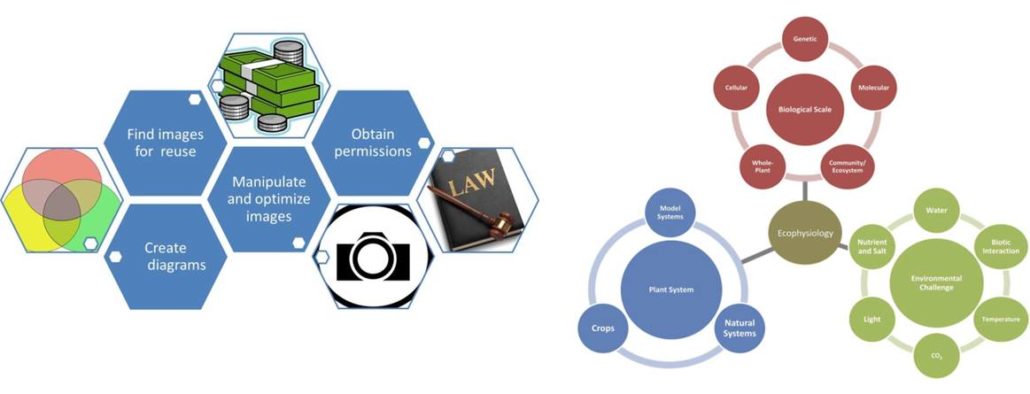
Photo editing tools
 PowerPoint now includes some useful tools for basic photo editing. These tools include “Corrections”, “Color”, “Artistic Effects”, and “Remove Background”. PowerPoint also lets you aligning multiple images precisely using the “Align” and “Distribute” tools, as well as by manually entering position.
PowerPoint now includes some useful tools for basic photo editing. These tools include “Corrections”, “Color”, “Artistic Effects”, and “Remove Background”. PowerPoint also lets you aligning multiple images precisely using the “Align” and “Distribute” tools, as well as by manually entering position.
To the right is an example of a picture that was created using several of these tools.
Drawing tools
With a little practice, you can make nice diagrams using the drawing tools. Here is an example of a familiar subject: how animal and plant cells respond to hypotonic and hypertonic solutions.
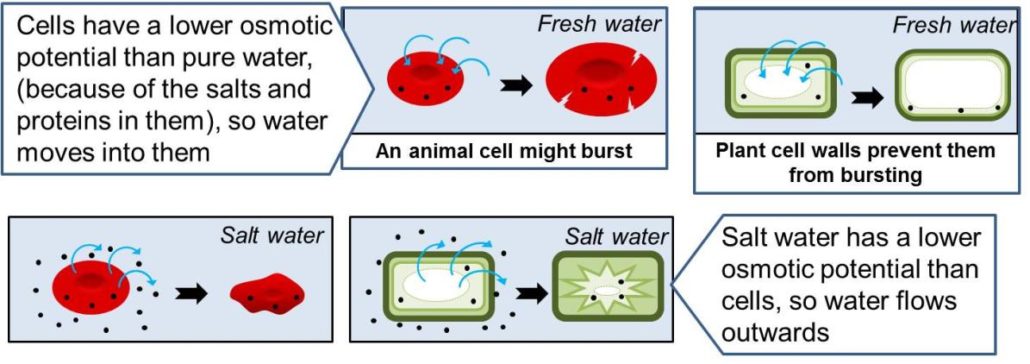
 You can add shading using the “Gradient Fill”, or use a semi-transparent shape to define or highlight features of an image, as in the image to the right. You can match a color precisely by downloading and installing the free tool Instant Eyedropper (http://instant-eyedropper.com/).
You can add shading using the “Gradient Fill”, or use a semi-transparent shape to define or highlight features of an image, as in the image to the right. You can match a color precisely by downloading and installing the free tool Instant Eyedropper (http://instant-eyedropper.com/).
Freehand drawing
There are three types of freehand drawing tools. One connects points (mouse clicks) with straight lines, one with user-definable curves, and one that is fully freehand. Once the points are defined, the position of each point can be fine-tuned using the Edit Points tool.
I recommend a drawing pad with stylus for freehand drawing – it’s much easier with the control afforded by a pen. The drawing below was made using freehand drawing tools plus a bit of clipart.
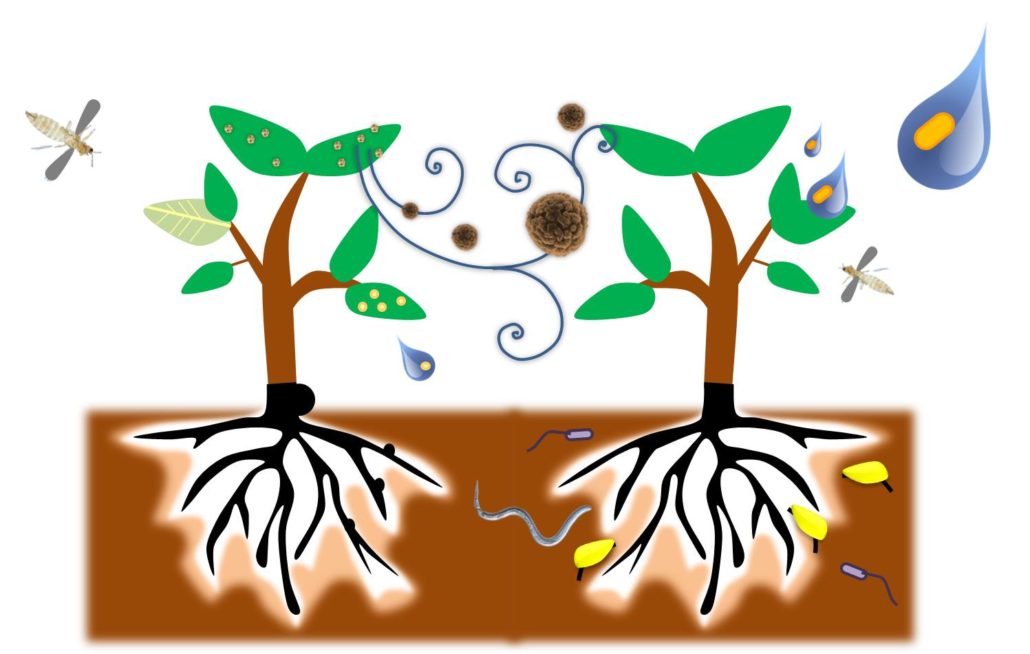
Finding free images for educational purposes without violating copyright laws
The golden rule: Just because it’s on the internet doesn’t give your permission to reuse it.
Scientific journals
Images from scientific journals are copyright protected. You can often reuse them for educational purposes without paying a fee, but you MUST obtain permission first in order to reprint them.
Most journals use the Copyright Clearance Center service to manage their permissions. You will have to register with them. Find the “Permissions” link from the journal page or article page. For most journals (exceptions noted below), this will open a new window into which you type what you want to use and how. You will usually be informed that you may use the image without charge, but that the citation and copyright information must be included in your work. (Note – most journals limit the free material to two figures per article).
Some journals cover all their content by a Creative Commons license and do not require a copyright clearance center request. Notably, JBC and the PLOS, BMC and Frontiers journals are entirely covered by creative commons licenses.
Image databases
There are many excellent image databases on the internet. These are some I’ve found and use regularly. Be sure to adhere to their requests – some want you to write for permission, others do not. I ALWAYS include a credit and a link to the source – it’s polite, and gives credit where credit is due.
Plants
IRRI on Flickr – lots of rice and tropical farmers http://www.flickr.com/photos/ricephotos/
International Maize and Wheat Improvement Center on Flickr – http://www.flickr.com/photos/cimmyt/
Tom Donald (Mary’s husband) – http://www.flickr.com/photos/clearwood/
Botanical Society of America – http://www.botany.org/plantimages/imagemap.php
USDA – http://photogallery.nrcs.usda.gov/
University of Wisconsin Plant Teaching Collection – http://botit.botany.wisc.edu/ (permission needed)
Forestry Images – scads of insects, some trees – http://www.forestryimages.org/index.cfm
Cells and Diseases
Centers for Disease Control and Prevention – http://phil.cdc.gov/Phil/home.asp
American Society for Cell Biology – videos too! http://cellimages.ascb.org/
Misc. and General
Clip safari – https://www.clipsafari.com/
Wellcome Images – https://wellcomeimages.org/
Biodiversity Heritage Library – http://www.biodiversitylibrary.org/
New York Public Library Digital Collections – http://digitalcollections.nypl.org/
Searchable free photos = http://www.bigfoto.com/
Project Gutenberg – http://www.gutenberg.org/
Random stock photos – low resolution versions only are free – www.freedigitalphotos.net
Flickr www.flickr.com
Flickr has a huge collection of images from amateur photographers. Many are available for use with attribution through Creative Commons licensing. You can include that limit in an advanced search.
Wikipedia
The images illustrating Wikipedia articles are almost always available through a Creative Commons license. Wikipedia also maintains a list of public domain image resources here:
http://en.wikipedia.org/wiki/Wikipedia:Public_domain_image_resources


